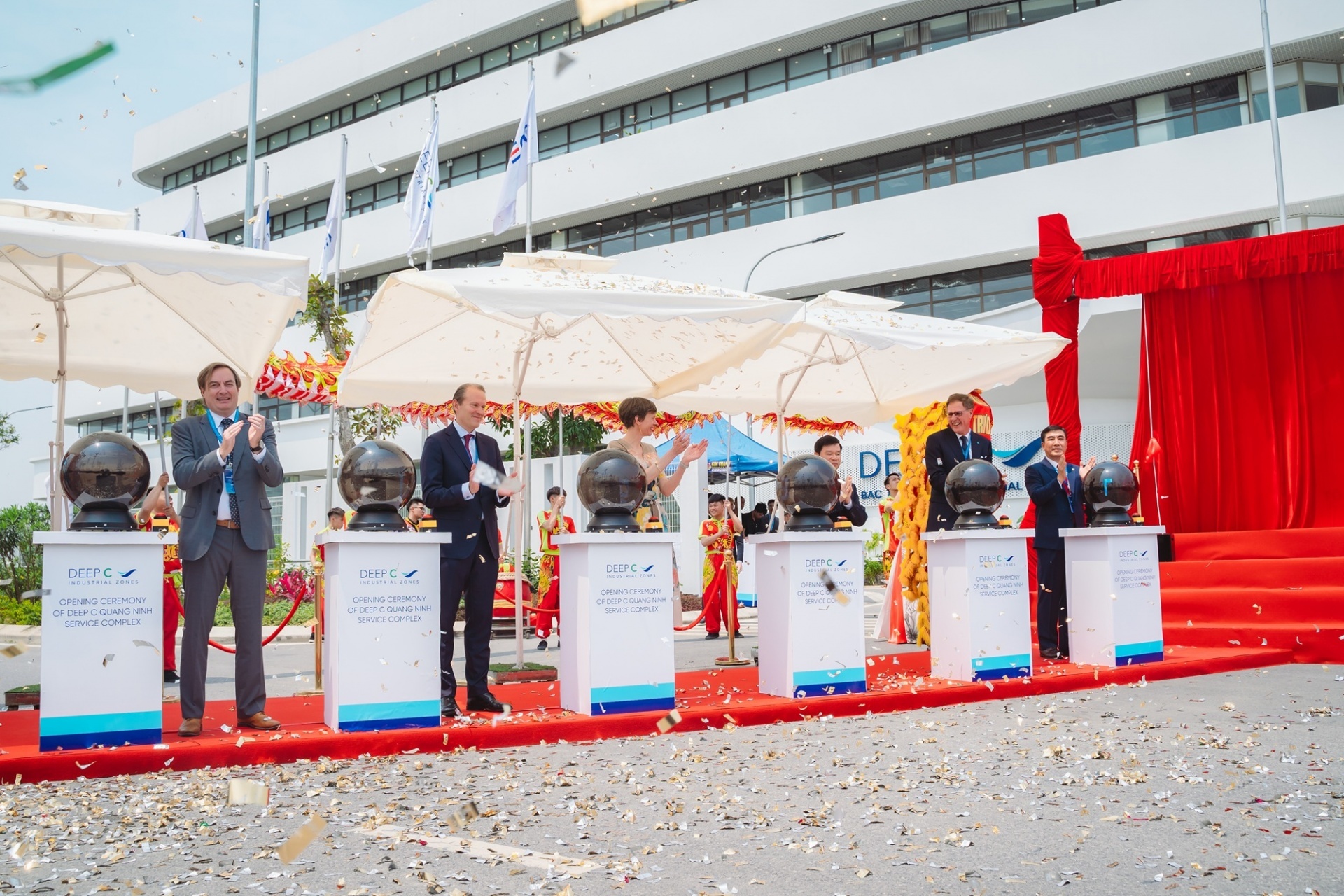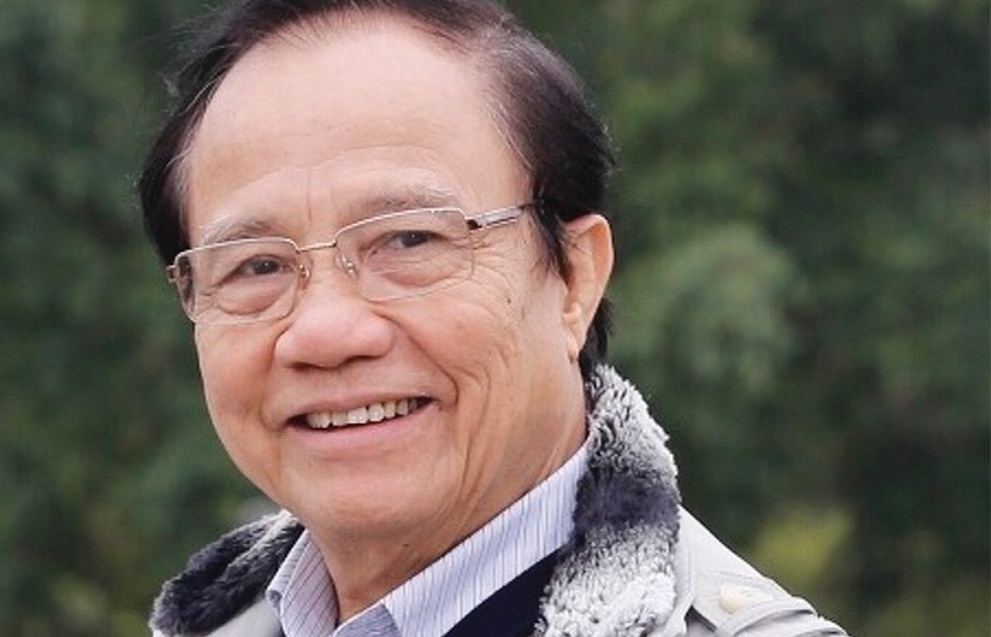MPI rallying call to attract fresh EU, US investment
Vietnam should encourage a substantial rise in direct investment from American and European Union investors by opening up key sectors including banking, financial services and telecommunications, said the Ministry of Planning and Investment (MPI).
The top 10 foreign investors (in terms of disbursed capital) in Vietnam for 2004 did not include the United States or many European Union (EU) countries, which comprise 25 strong economies, said the MPI.
By the end of last year, the US ranked as the 11th largest foreign investor in Vietnam with 215 projects with a total disbursed capital of $730 million. The United Kingdom followed with 62 projects and $600 million in capital disbursement, with France and the Netherlands the only two EU countries in the top 10.
MPI’s deputy minister Nguyen Bich Dat told the media last week that Vietnam should open up the services, banking and telecommunications sectors soon to funnel US and EU investment into areas where advanced technology can be transferred.
Dat said the MPI was considering establishing a foreign direct investment consultant council, where trade and investment advisers from international firms can be invited to share experience.
“Investment promotion programmes should be especially focused on the US and EU markets,” said the deputy minister.
US investment in Vietnam is still way behind it potential since the two countries inked their historic bilateral trade agreement (BTA) in 2001.
Terrence Anderson, Hanoi-based chairman of the American Chamber of Commerce, told Vietnam Investment Review that many American companies were awaiting completion of the current round of bilateral trade negotiations with the US regarding Vietnam’s WTO membership.
“Different sectors, including banking and insurance, are being negotiated under the WTO,” said Anderson, adding that under the WTO deal more sectors would probably be opened up a lot faster than under the BTA.
Anderson believes there is a significant need for American presence in Vietnam, but implied the Vietnamese Government should be more flexible regarding the BTA’s timeline.
“Remember that the BTA is not a ceiling, it’s a floor,” he said.
“I’m starting to hear more and more people talk about Vietnam as a premier market in Southeast Asia. I still think FDI should rise a little bit more as it’s a bit too low at the moment. Vietnam should move away from such a heavy reliance on overseas development assistance,” he said.
In 2004, Vietnam saw about 200 FDI projects commence, mostly concentrated on the industrial and construction sector. MPI reported that FDI disbursement last year reached $2.2 billion, while Anderson believes the figure for new projects stood at $1.4 billion.
Newly registered investments in the services sector accounted for a small portion, making up 18.6 per cent of last year’s $4.2 billion FDI registered capital in Vietnam, according to the MPI.
“We really need a strong shift towards US and EU investment in Vietnam,” said deputy minister Dat.
MPI expects that FDI flow into Vietnam this year will slightly increase to between $4.3-$4.5 billion. The ministry estimated Vietnam would attract up to $1.2 billion FDI in the first quarter of this year.
Asia’s most developed economies – Singapore, Taiwan, Japan, the Republic of Korea and Hong Kong – remain the biggest foreign investors in Vietnam. These investors contributed almost two-thirds of the country’s total FDI last year with a combined registered capital of $2.25 billion.
FDI from the top 10 foreign investors in Vietnam last year amounted to $3.7 billion. Vietnam currently is an investment destination for approximately 40 countries and territories from around the world.
What the stars mean:
★ Poor ★ ★ Promising ★★★ Good ★★★★ Very good ★★★★★ Exceptional
 Tag:
Tag:
Related Contents
Latest News
More News
- Foreign investment attraction flourishes on better business climate (March 31, 2025 | 15:50)
- Quang Tri to start work on $232 million airport next year (March 31, 2025 | 11:49)
- Binh Dinh greenlights 62 ventures worth $8 billion (March 31, 2025 | 11:32)
- Trump Organization to break ground on billion-dollar project in Vietnam (March 31, 2025 | 11:22)
- Launching the Vietnam Semiconductor Innovation Centre (March 29, 2025 | 13:00)
- Golden opportunity for Vietnam to build International Financial Centre (March 29, 2025 | 10:00)
- KinderWorld reaffirms its investment commitment in Dong Nai (March 29, 2025 | 09:00)
- FPT launches high-tech R&D centre in Danang (March 28, 2025 | 16:14)
- Vietnamese State President holds talks with visiting Brazilian counterpart (March 28, 2025 | 15:10)
- South Korean investors express interest in developing IFC in Ho Chi Minh City (March 28, 2025 | 13:52)


















 Mobile Version
Mobile Version